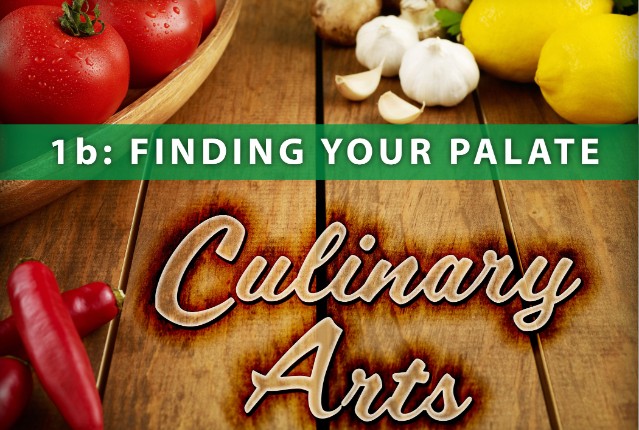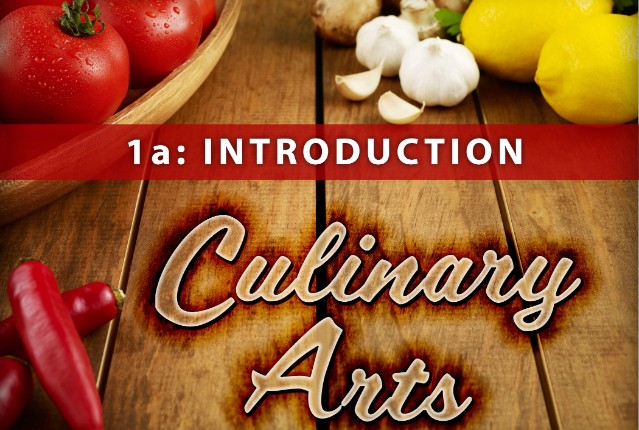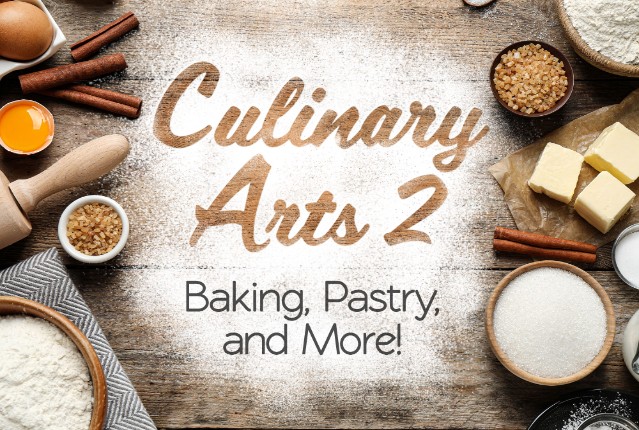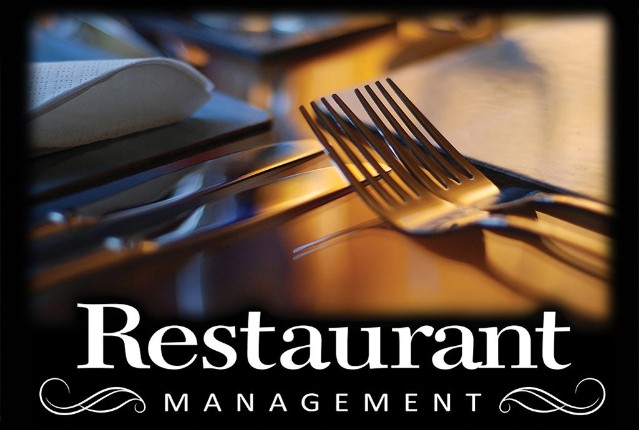
Culinary Arts 1b: Finding Your Palate
Did you know that baking is considered a science? Discover how to elevate your culinary skills through the creation of stocks, soups, sauces, and learn baking techniques. Examine sustainable food practices and the benefits of nutrition while maintaining taste, plating, and presentation to truly wow your guests. Explore careers in the culinary arts for ways to channel your newfound passion!
Review course outlineAccess for a year
USD 299.00*
* Choose more courses to get a discount




